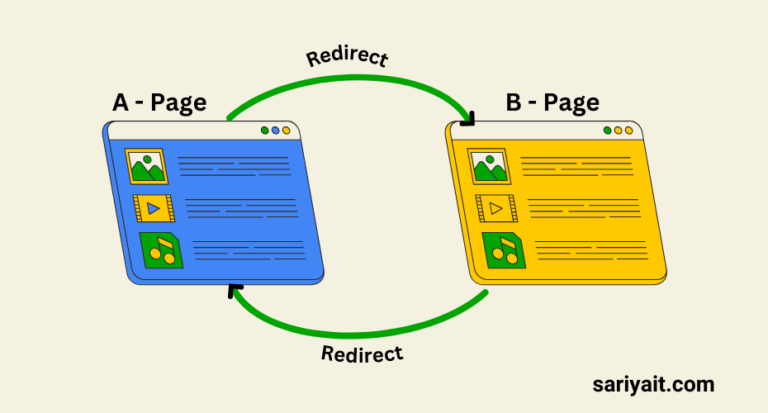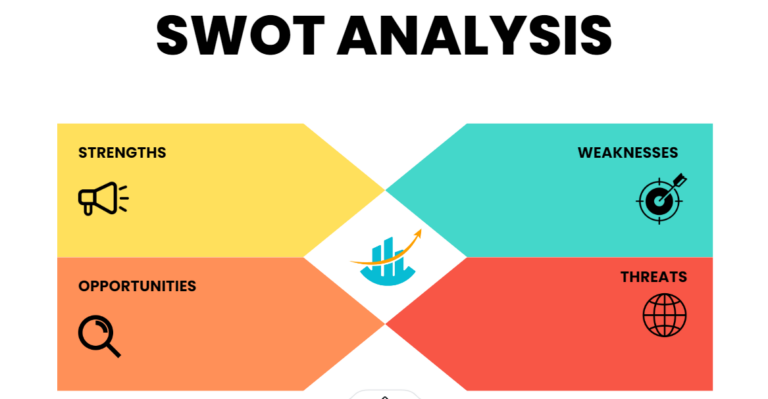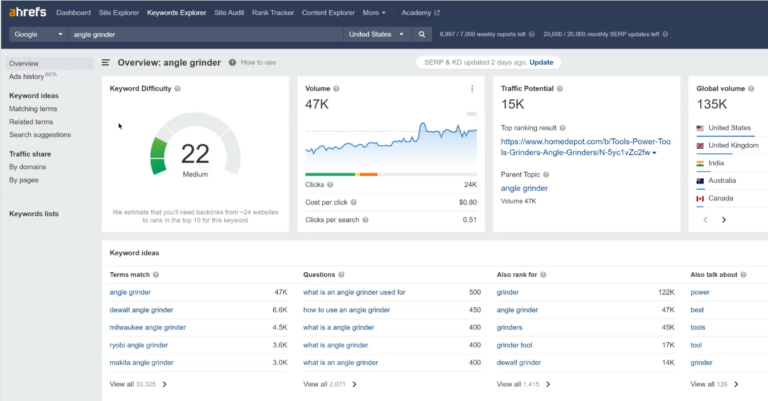YouTube, the ubiquitous video-sharing platform, has become a powerful tool for content creators to share their work with a global audience. However, with the sheer volume of videos uploaded daily, standing out can be a challenge. In this article, we’ll explore proven strategies on how to rank your YouTube videos quickly, ultimately boosting views and growing your channel.
Whether you’re an individual creator or representing a digital marketing agency, the strategies outlined in this article can significantly enhance your YouTube presence.
Table of Contents
Importance of YouTube Video Ranking
YouTube video ranking is pivotal for content creators aiming to reach a broader audience. The higher your video ranks, the more likely it is to be seen by potential viewers. Understanding the factors influencing ranking is crucial for optimizing your content effectively.
YouTube, with over 2.70 billion active monthly users, is a massive platform for content consumption. (Source)
Benefits of Fast Video Ranking
Fast video ranking translates to quicker visibility, leading to increased views and potential subscribers. The benefits extend to enhanced monetization opportunities and the overall growth of your YouTube channel.
1. Understanding YouTube Algorithm
Overview of YouTube Algorithm
YouTube’s algorithm is complex, considering numerous factors to determine a video’s rank. It takes into account engagement metrics, relevance, and user behavior, among other elements.
YouTube’s algorithm processes over 500 hours of video uploaded every minute, emphasizing the need for strategic optimization. (Source)
Factors Influencing Video Ranking
Understanding the algorithm involves recognizing the significance of user engagement, video relevance, and consistency in uploads. These factors form the foundation for effective video optimization.
Engagement metrics play a pivotal role, with videos receiving comments within the first hour being more likely to rank higher.
2. Optimizing Video Title and Description
Crafting Compelling Titles
Compelling titles catch the viewer’s attention. Crafting titles that are both intriguing and include relevant keywords improves the likelihood of high ranking.
Videos with titles containing at least 41 characters tend to receive more views, balancing clarity and intrigue.
Writing Keyword-Rich Descriptions
Descriptions provide context to your video. Including keyword-rich descriptions not only aids in searchability but also helps the algorithm understand your content better.
Descriptions of around 250 words, rich in relevant keywords, contribute to better search engine visibility. (Source)
3. Utilizing Tags Effectively
Importance of Tags
Tags serve as additional metadata for your video. Using relevant tags aids in categorization and improves the algorithm’s understanding of your content.
Videos with a higher number of relevant tags correlate with better discoverability and ranking.
Selecting Relevant Tags for Videos
Choosing tags that accurately represent your video’s content is crucial. It enhances discoverability and ensures your video appears in relevant search results.
Using specific tags related to the video’s content improves its categorization within the algorithm.
4. Creating Engaging Thumbnails
Thumbnail Design Best Practices
Eye-catching thumbnails are key to attracting clicks. Designing thumbnails that are visually appealing and reflective of your video’s content encourages users to click through.
YouTube states that a whopping 90% of the top-performing videos on their platform feature custom thumbnails. This underlines the significant impact visuals have on attracting viewers. (Source)
Importance of Click-Worthy Thumbnails
Thumbnails act as the first impression of your video. A high click-through rate signals to the algorithm that your content is engaging and relevant.
A/B testing thumbnail designs can help identify the most clickable options for your audience.
5. Video Content Quality
Creating High-Quality Content
Quality content is paramount. Focus on producing videos with excellent production values, clear audio, and compelling storytelling to keep viewers engaged.
Videos in high definition (HD) tend to have higher watch times and better viewer retention rates.
Retaining Viewer Engagement
Keeping viewers engaged throughout the video is crucial. Utilize editing techniques, storytelling, and calls-to-action to maintain interest and encourage interaction.
Including a hook within the first 15 seconds can significantly reduce viewer drop-off. (Source)
6. Encouraging Viewer Interaction
Call-to-Action in Videos
Encourage viewers to like, comment, and subscribe. Including clear calls-to-action boosts engagement and signals to the algorithm that your content is valuable.
Responding to Comments and Likes
Engaging with your audience fosters a sense of community. Responding to comments and acknowledging likes creates a positive interaction loop.
7. Social Media Promotion
Leveraging Social Media Platforms
Share your videos on other social media platforms to broaden your reach. Utilize hashtags and collaborations to tap into different audiences.
Videos shared on Facebook receive on average 89.5% more shares than videos shared on other platforms. (Source)
Collaborations and Cross-Promotions
Collaborating with other content creators provides mutual benefits. Cross-promotions introduce your content to new viewers, contributing to faster video ranking.
8. Video Duration and Frequency
Finding the Right Video Length
Video length impacts viewer retention. Finding the right balance ensures that your content is informative without losing audience interest.
YouTube videos with an average length of 5-15 minutes perform well in terms of viewer retention. (Source)
Consistent Upload Schedule
Consistency in uploading establishes expectations. The algorithm favors channels that adhere to a regular upload schedule, contributing to faster ranking.
Channels that upload at least once a week are more likely to maintain and grow their subscriber base.
9. Analyzing Video Analytics
Using YouTube Analytics Tools
Regularly analyze your video analytics to understand viewer behavior. Adjust your strategy based on metrics such as watch time, click-through rate, and audience retention.
Adapting Strategies Based on Data
Data-driven decisions lead to better optimization. Adapting your strategies based on analytics ensures continual improvement in your video performance.
Regularly adapting strategies based on audience demographics can lead to more targeted content.
10. Keeping Up with Trends
Staying Informed About Industry Trends
Trends influence viewer preferences. Staying informed about industry trends allows you to create content that aligns with current interests, contributing to faster ranking.
Videos on trending topics can see a 50% increase in views compared to non-trending content. (Source)
Capitalizing on Trending Topics
Creating content around trending topics capitalizes on current viewer interest. Aligning your videos with popular trends can boost visibility and ranking.
Quickly creating content around emerging trends can lead to a significant spike in video views.
11. YouTube SEO Best Practices
Regularly Updating Video Metadata
YouTube’s algorithm evolves. Regularly updating video metadata, including titles, descriptions, and tags, keeps your content optimized according to the latest SEO practices.
Staying Informed About Algorithm Changes
The YouTube algorithm undergoes updates. Staying informed about these changes ensures that your optimization strategies remain effective.
Being proactive about algorithm updates can prevent a potential drop in video ranking.
12. Building Subscriber Base
Encouraging Viewers to Subscribe
Subscribers contribute to long-term success. Encourage viewers to subscribe by highlighting the benefits, such as exclusive content or early access to videos.
Channels with a high subscriber count tend to receive more organic traffic from YouTube’s recommendation algorithm.
Offering Incentives for Subscriptions
Incentivize subscriptions with giveaways, exclusive content, or other perks. Building a loyal subscriber base positively impacts video ranking.
13. Patience and Persistence
Understanding the Time Frame for Results
Results take time. Understanding that video ranking is a gradual process helps maintain realistic expectations for success.
On average, it takes 2-6 months for a video to reach its peak ranking, emphasizing the need for long-term consistency. (Source)
Consistency in Optimization Efforts
Consistency is key. Persistently applying optimization strategies, even during slower periods, contributes to sustained growth and faster ranking.
In conclusion, mastering the art of YouTube video ranking requires a holistic approach. From understanding the algorithm to consistently optimizing content and engaging with your audience, each step plays a vital role. By implementing the tips discussed in this article, you can significantly enhance your chances of ranking your videos faster and growing your viewer base.






